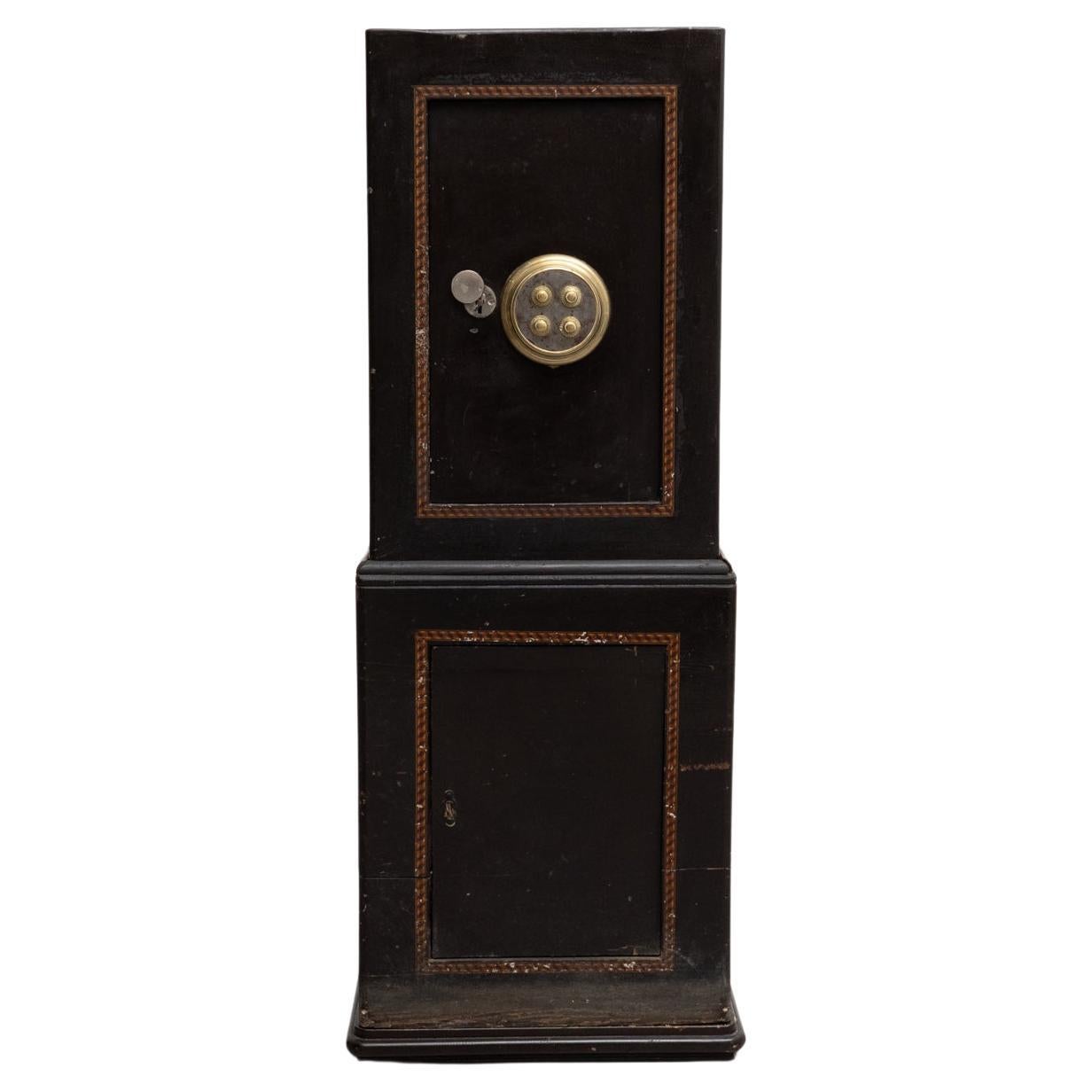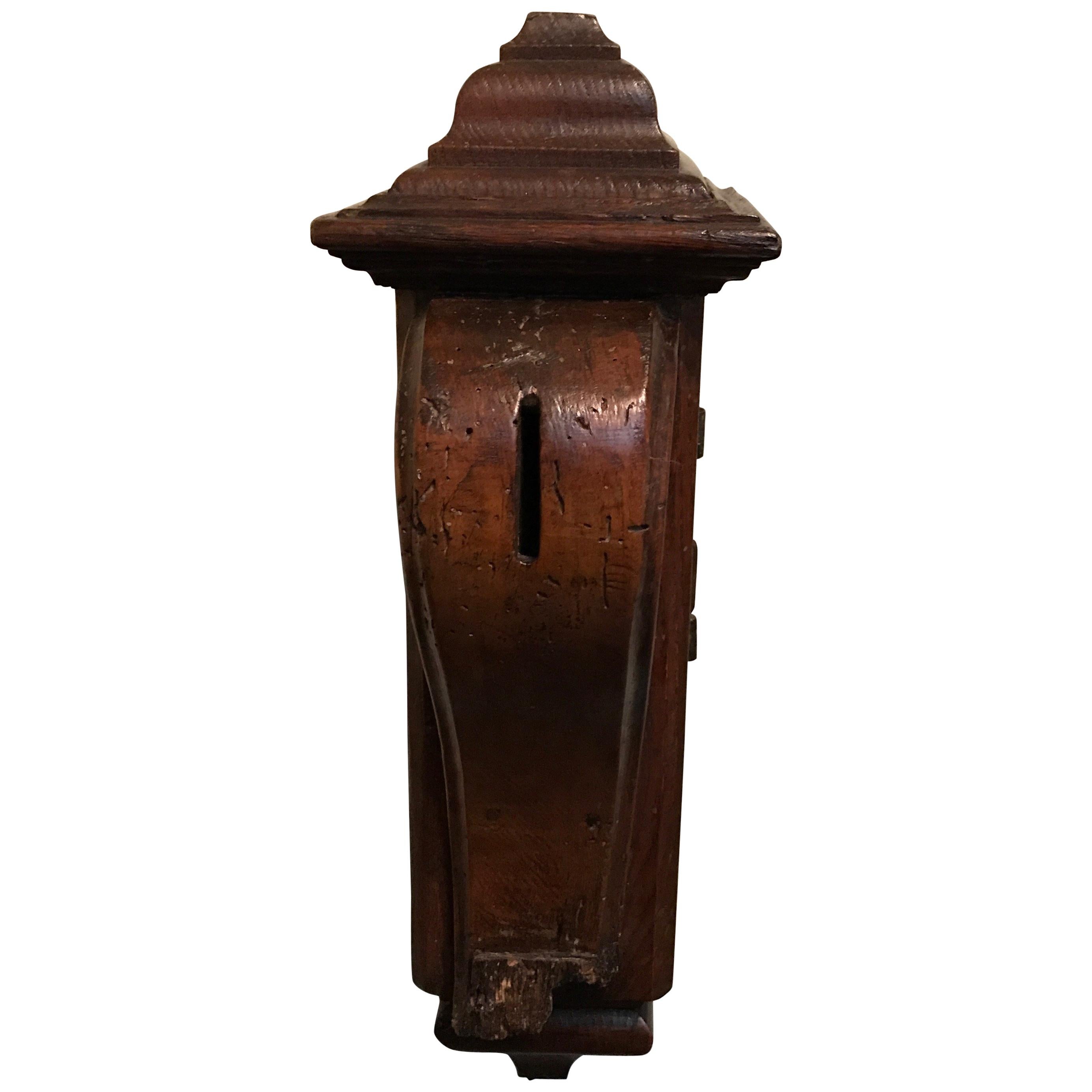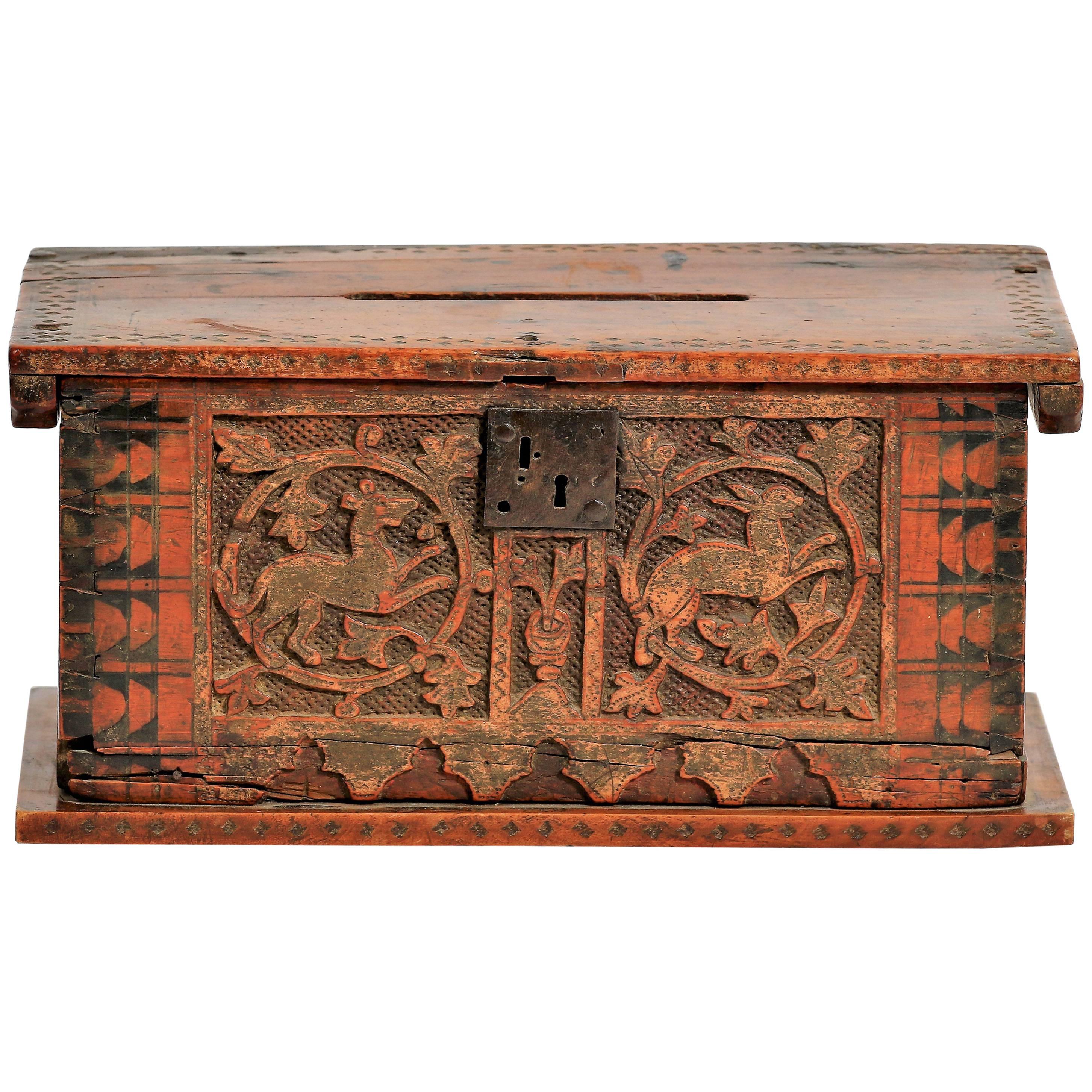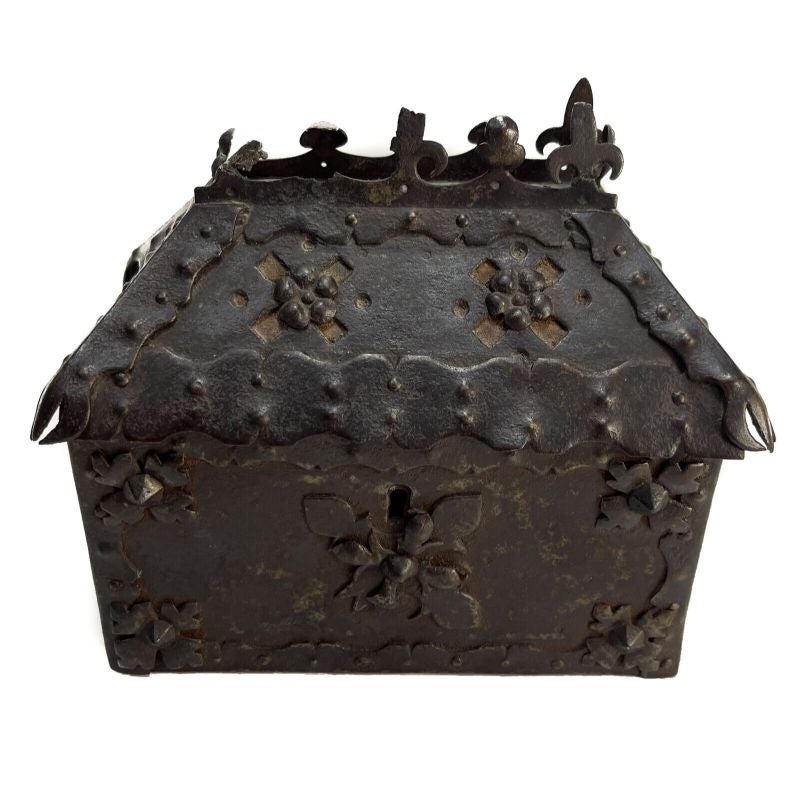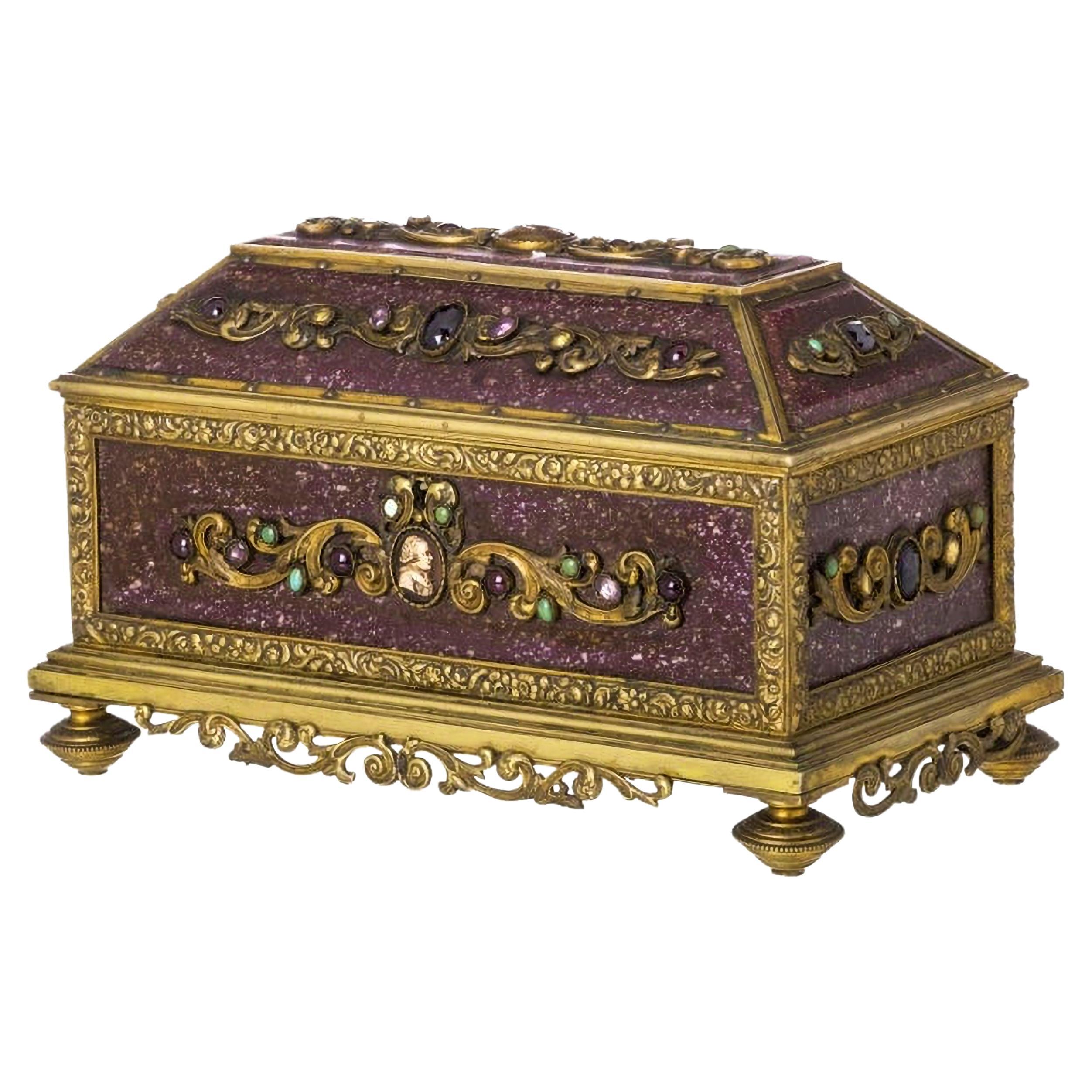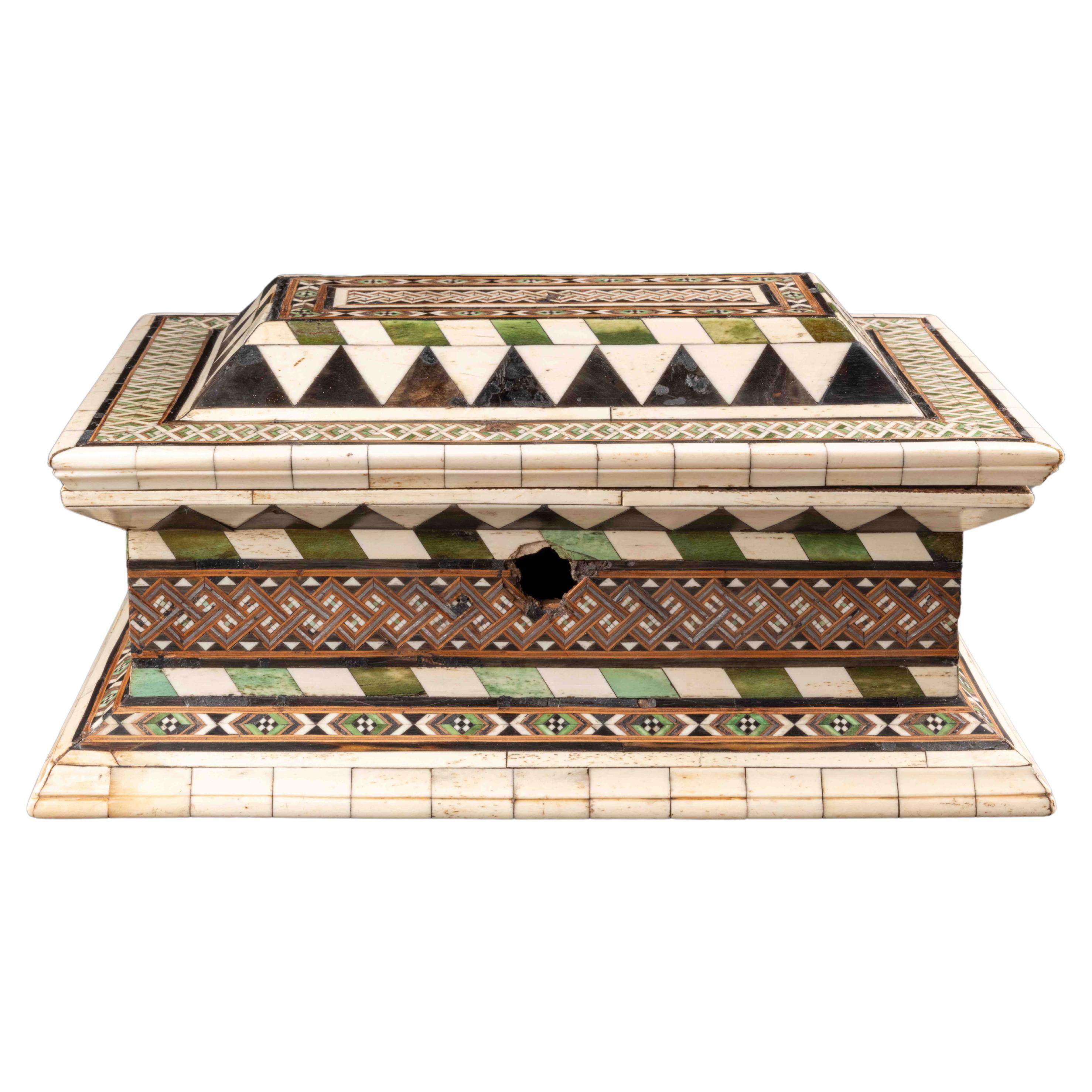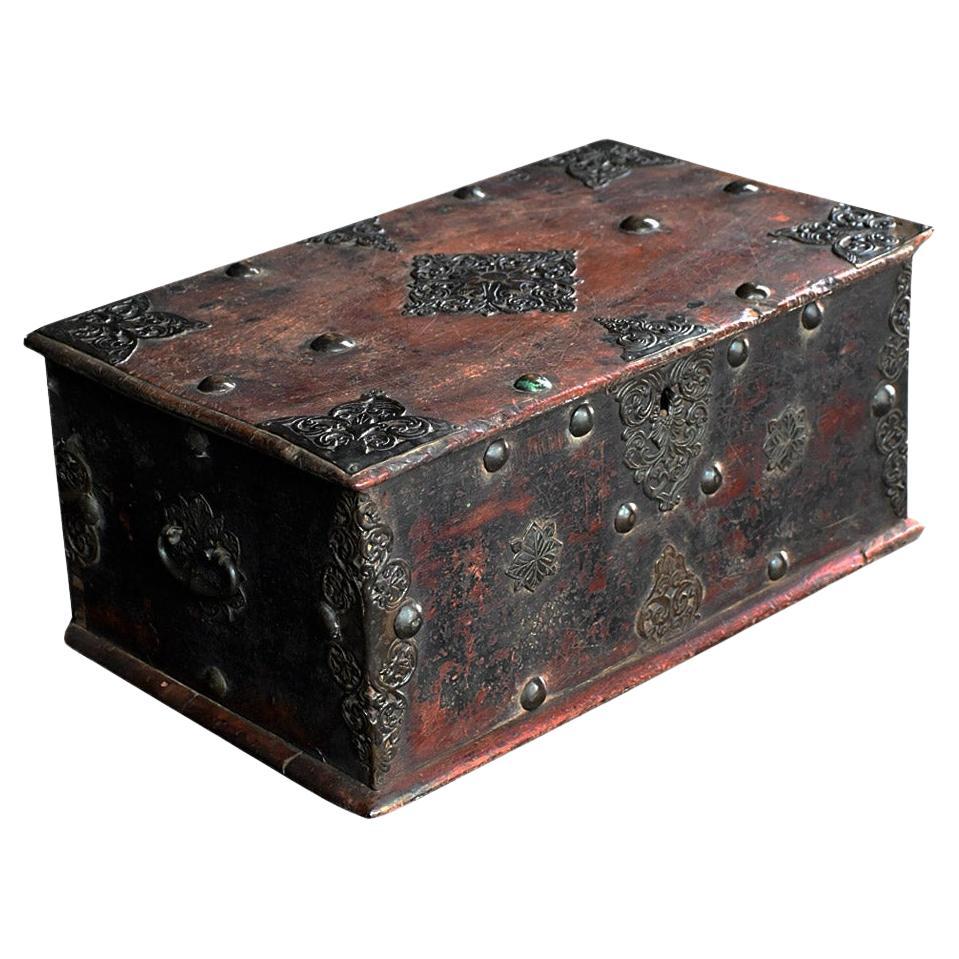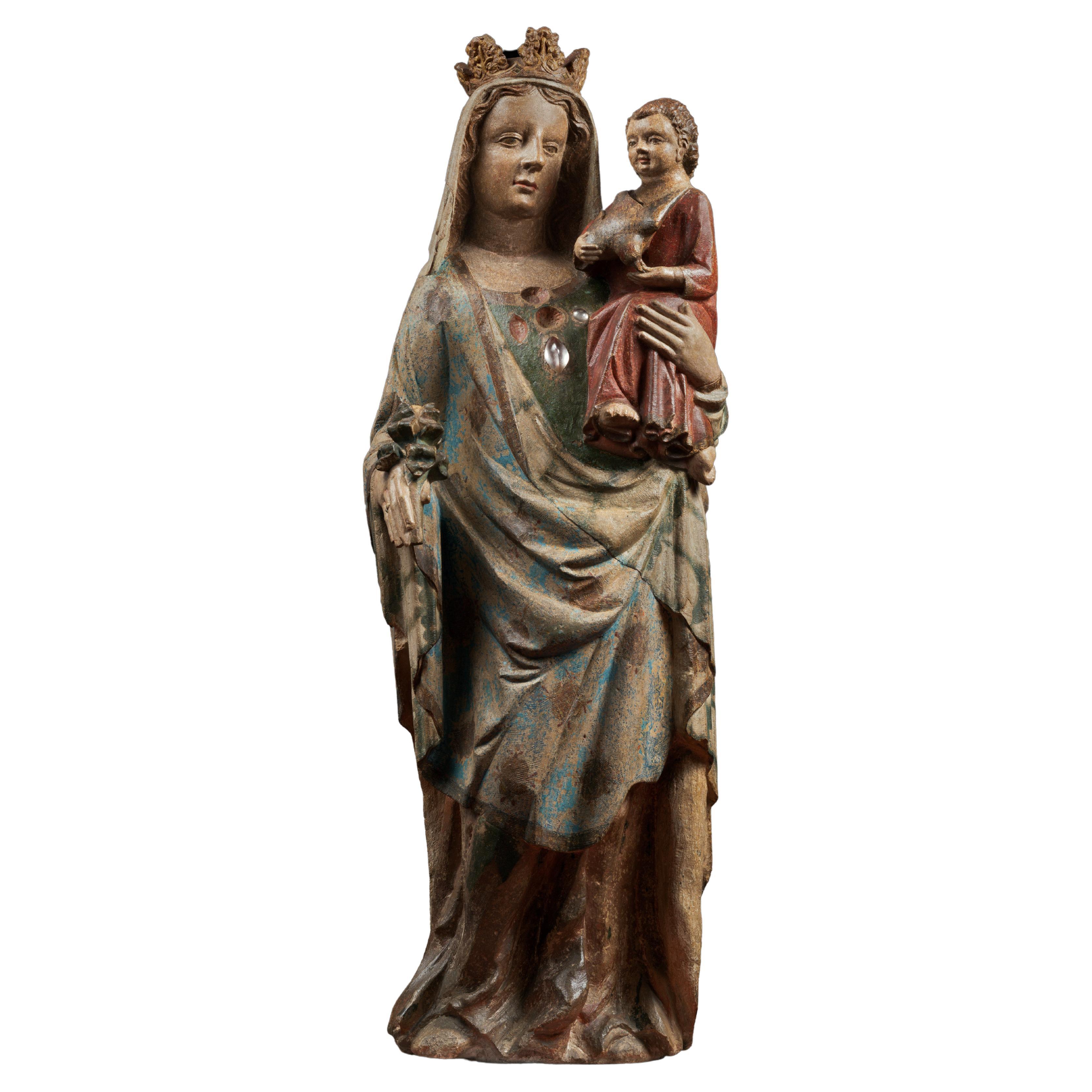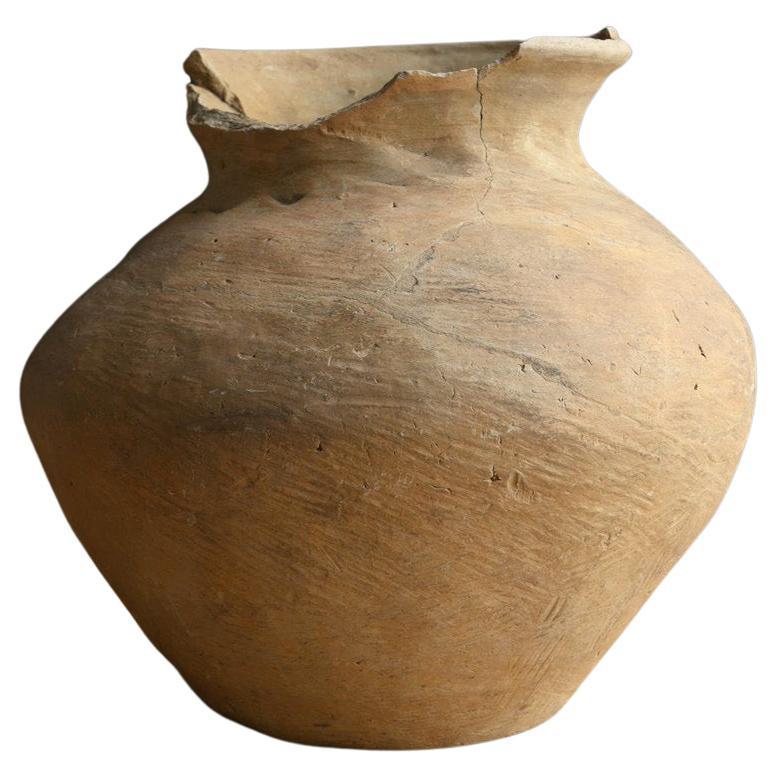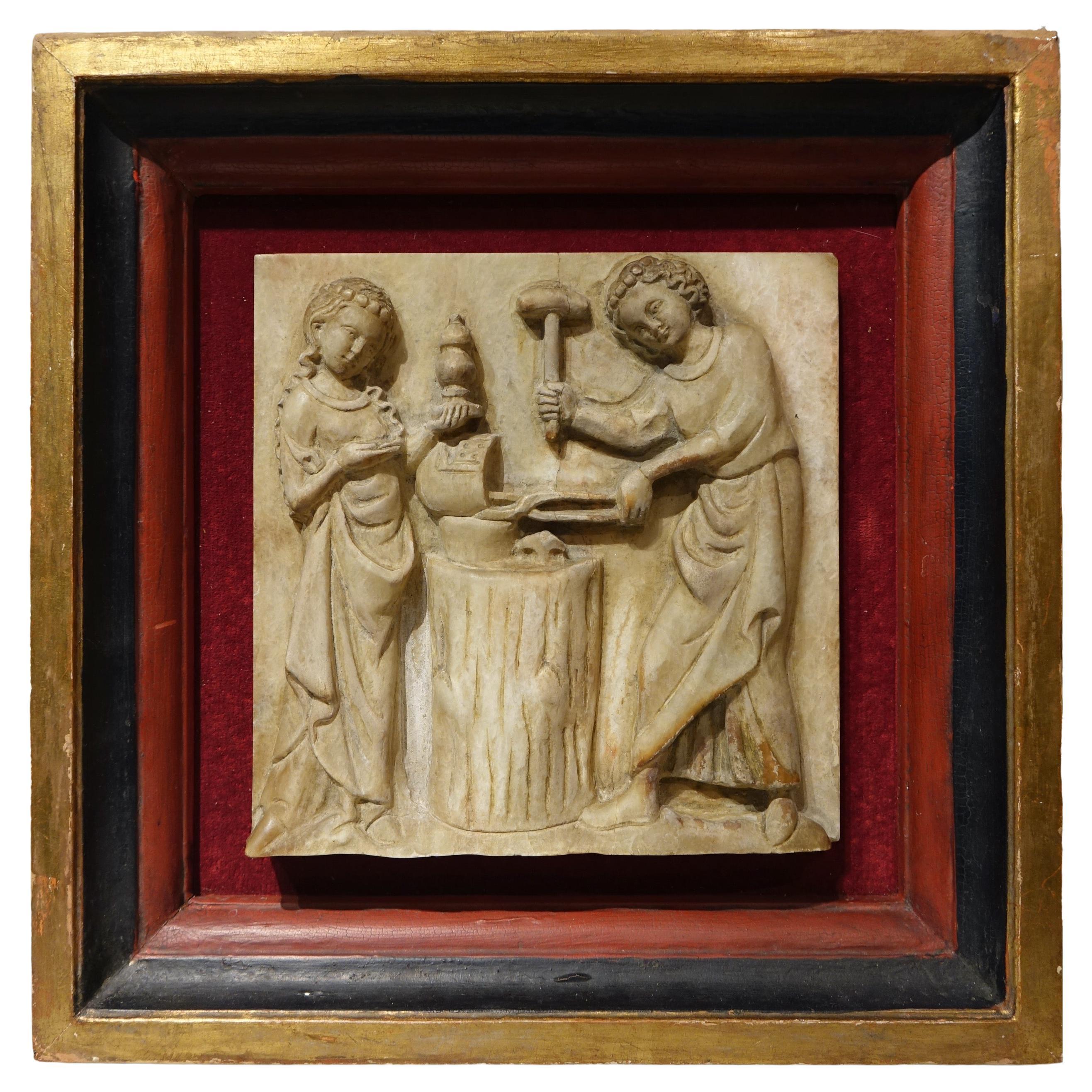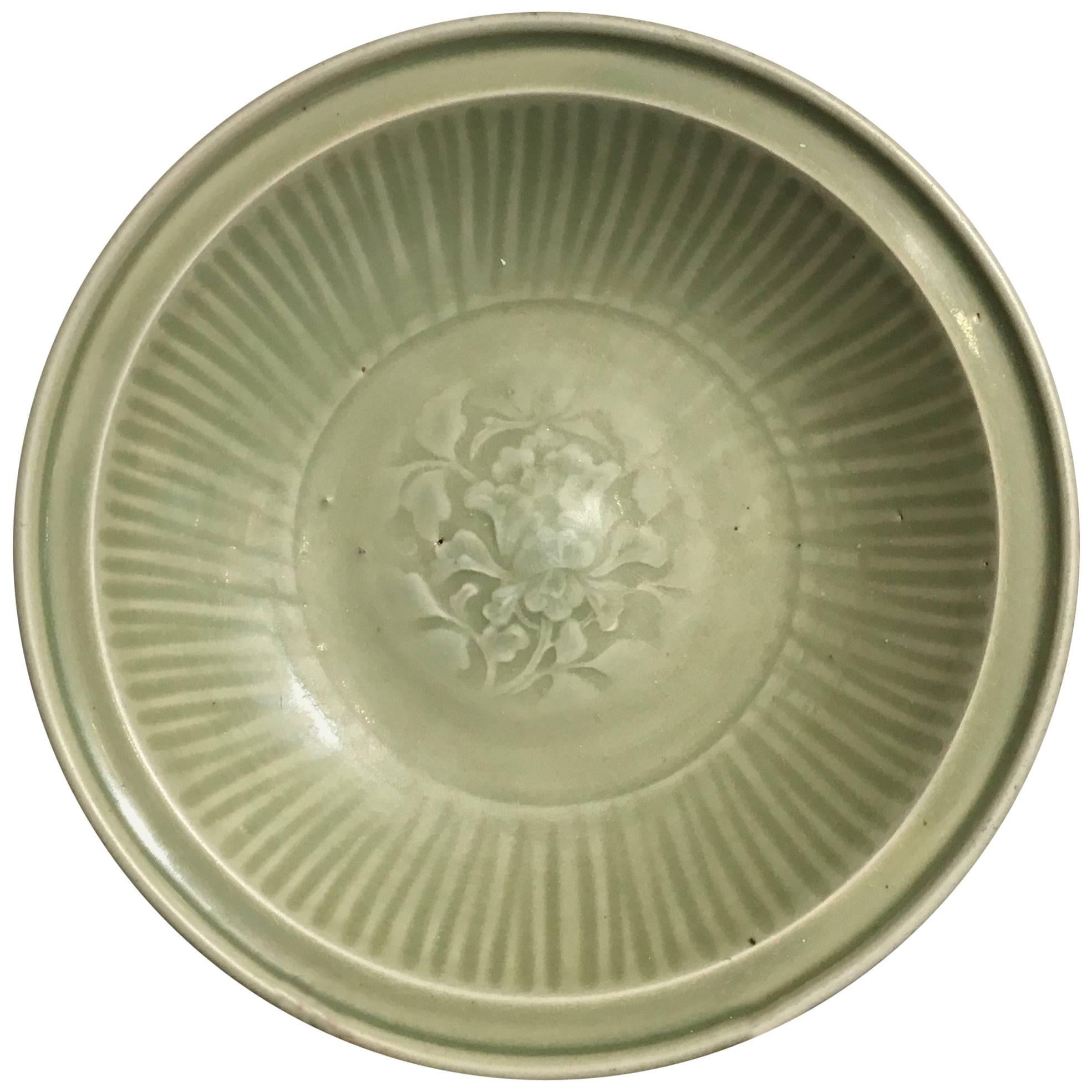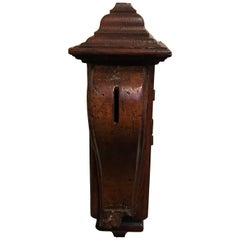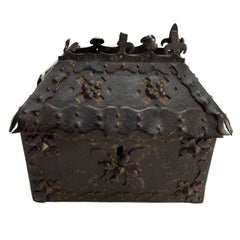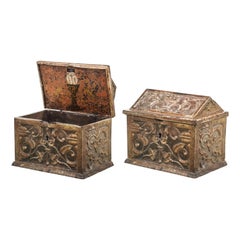
Important Spanish Safe Box, 14th-15th Century
View Similar Items
1 of 4
Important Spanish Safe Box, 14th-15th Century
About the Item
- Dimensions:Height: 11.62 in (29.5 cm)Width: 9.85 in (25 cm)Depth: 7.68 in (19.5 cm)
- Style:Medieval (Of the Period)
- Materials and Techniques:
- Place of Origin:
- Period:15th Century and Earlier
- Date of Manufacture:1300-1499
- Condition:Wear consistent with age and use. Very good condition for the age Signs of use.
- Seller Location:Madrid , ES
- Reference Number:1stDibs: LU4980116512002
You May Also Like
- 15th Century Offertory Box Very Very RareLocated in Diest, Vlaams BrabantFrom the Elisabeth Gasthouse clinic in Diest Flanders between 1250 and 1450 After that year owners changed More info on the internet Or mail me Very rare peace with big history a...Category
Antique 15th Century and Earlier Belgian Baroque Decorative Boxes
MaterialsWood
- Very Rare Casket Minnekästchen or Box, Germany or Italy, 15th CenturyLocated in Beuzevillette, FRWooden coffret, call minnekästchen, engraved with a dog, a hare and foliage with polychromy remains. During the Middle Age, the hare is a symbol of fertility, joy and represents the Christ...Category
Antique 15th Century and Earlier European Gothic Decorative Boxes
MaterialsIron
- Medieval Patinated Iron-Mounted Oak Casket, 15th CenturyLocated in Gardena, CAMedieval patinated iron-mounted oak casket, 15th century A Continental Medieval patinated iron mounted oak wood box. 15th Century or earlier. Addition...Category
Antique 15th Century and Earlier Medieval Decorative Boxes
MaterialsIron
- Important and Rare Italian Box Safe from the 17th Century '1647'By Europa AntiquesLocated in Madrid, ESImportant and Rare Italian box safe from the 17th century In chiseled bronze, decorated with jasper plates and hard stones, with a cameo with a male figure at the centre. Inscriptio...Category
Antique 17th Century Italian Baroque Decorative Boxes
MaterialsBronze
$11,793 Sale Price20% Off - Embriachi workshop marquetry casket - Northern Italy, 15th centuryLocated in Bruxelles, BEEmbriachi workshop marquetry casket Northern Italy, 15th century Alla certosina inlays (bone, stained bone, pewter and wood) H 28.2 x W 18 x D 14 cm This beautiful casket of rectangular form is richly decorated with the characteristic geometric patterns of the Embriachi style. The intricate geometric patterns are fashioned by juxtaposing lighter and darker pieces of wood, (colored) bone, horn and pewter. The lid and base are framed by a broad band of horn. When ivory became scarce in Europe due to disrupted trade routes, bone was substituted. The attention to Symmetry and balance created an harmonious visual effect Enhancing the overall aesthetic appeal of the casket. The application of geometrical motifs is in Italy known as marquetry ‘alla Certosina’, named after the Certosina Church in Pavia with its famous altarpiece decorated in this way. This is ‘intarsia technique’, a term derived from the Arabic 'tarsi', which means ‘incrustation' recalling ancient mosaics made from various materials. These geometric elements not only enhance the aesthetic appeal of the caskets but also demonstrate the versatility and skill of the artisans in creating multifaceted works of art. ‘Alla Certosina’ became famous through the Northern Italian Embriachi family who achieved a particularly high standard in working in this technique. Venice in particular was known for the production of these luxurious boxes. The caskets, hexagonal or rectangular, surmounted by a lid decorated in several registers constitute the secular, albeit equally renowned component of the workshop’s production, in addition to mirror frames and various everyday objects. The method of fabrication of those objects was based on two concepts that underlay pre-industrial production: standardization and modularity, thanks to a distribution of skills according to the different phases of fabrication. even the realization of the marquetry motifs (in the form of ingots from which portions of the desired size were cut) were therefore entrusted to various specialized craftsmen, as were the assembly phase. Today better known thanks to the extensive research work recently carried out by Michele Tomasi, this workshop owes its name to its founder and owner, the Florentine Baldassare Ubriachi (or degli Embriachi), a merchant and banker established in the Tuscan capital before he settled in Venice in 1395. Together with sculptor Giovanni di Jacopo, who directed the workshop, from the last years of the fourteenth century, Baldassare oversaw a production that was truly original, and still easily recognizable today, comprising monumental altarpieces and various objects, primarily triptychs and caskets. The precise location of the workshop is unknown, except that it originated in Florence and in ca. 1431 there was apparently a workshop in Venice, in the area of S Luca. They employed local workers specializing in 'certosina' (inlay of stained woods, bone and horn), and the workshop produced items carved in bone (usually horse or ox) with wood and bone marquetry. The geometric decoration of Embriachi caskets reflects the artistic complexity and attention to detail that characterized their work. this inlaid casket is a testament to the skill and artistry of the Embriachi family and serves as a stunning example of the decorative arts of the late Middle Ages. Related Literature : E. Berger, Prunk-Kassetten: Europäischen Meisterwerke aus acht Jahrhunderten / Ornamental Caskets...Category
Antique 15th Century and Earlier Italian Renaissance Decorative Boxes
MaterialsPewter
- Late XIXth Century Metal Safe BoxLocated in Barcelona, BarcelonaVintage safe box manufactured by an unknown designer. Not working, to be used as a decorative case or to be restorated, Manufactured in Spain, circa...Category
Antique Late 19th Century Spanish Modern Jewelry Boxes
MaterialsMirror, Wood
Recently Viewed
View AllMore Ways To Browse
Antique Carved Wood Jewelry Box
14th Century Spain
Spain Safe
Wood Chalice
Antique Key Jewelry
Jewelry Made From Wood
Box With Tassel
Furniture Key Tassels
Furniture Key And Tassel
Bronze Jewlery Box
Wooden Jewlry
Wooden Jewelry
Wooden Jewlery
Wooden Jewellery
Brass Tassels
Key Tray
Jewlery Box Mirror
Mirrored Jewelry Box
